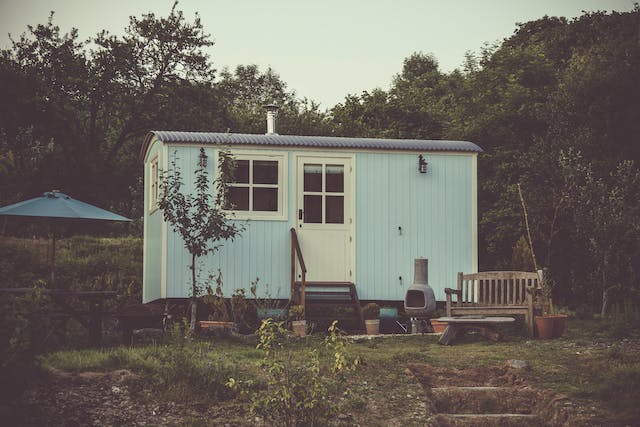Introduction
Small home living has become increasingly popular, driven by urbanization, environmental consciousness, and a shift towards minimalism. However, the charm of a cozy living space often comes with the challenge of keeping it functional, comfortable, and stylish. This detailed guide offers an in-depth look at maximizing space in small homes, blending innovative storage solutions, design tricks, and lifestyle changes to create an environment that feels both expansive and inviting.
Understanding the Dynamics of Small Space Living
Living in a small space isn’t just about dealing with physical limitations; it’s about reimagining the potential of every corner, surface, and wall. To thrive in a compact living environment, one must understand the dynamics of space, light, and function, and how they interact to affect our perception of size and comfort.
Innovative Storage Solutions
Storage is the cornerstone of efficient small home living. Beyond conventional solutions, the following ideas can help maximize storage potential:
- Modular Storage Systems: Customizable and adaptable, modular storage systems can be reconfigured as your storage needs change, making them a versatile option for any space.
- Pull-out Furniture: Pieces like pull-out desks and hidden beds can be tucked away when not in use, freeing up floor space.
- Ceiling and Overhead Storage: Don’t overlook the space above. Ceiling-mounted racks in kitchens for pots and pans, or overhead storage in bedrooms for seasonal items, can be both practical and stylish.
- Staircase Drawers and Shelves: Transform the dead space under stairs into drawers or shelves for an innovative storage solution.
Multi-Purpose and Transformative Furniture
Furniture that serves dual purposes or can be transformed based on your needs is ideal for small spaces:
- Wall-mounted Drop-leaf Tables: Perfect for dining or working, these can be folded away against the wall after use.
- Convertible Sofas: Sofas that convert into beds can accommodate overnight guests without the need for a dedicated guest room.
- Expandable Dining Tables: Tables that expand can accommodate more guests when entertaining and be reduced in size for daily use.
Design Tricks to Create the Illusion of Space
Several design techniques can make small spaces feel larger:
- Monochromatic Color Schemes: Using varying shades of the same color can create a seamless look that expands the space.
- Large Windows and Sheer Curtains: Maximizing natural light with large windows and using sheer curtains rather than heavy drapes can make a room feel more open and airy.
- Strategic Mirror Placement: Mirrors can double the visual square footage of a room when placed opposite windows or in narrow hallways.
Lifestyle Adjustments for Small Space Living
Adapting to a smaller living space often requires lifestyle changes:
- Declutter Regularly: Adopting a minimalist mindset and regularly decluttering are crucial to preventing overcrowding in a small space.
- Embrace Vertical Living: Think vertically by utilizing wall space for storage or decor, keeping the floor space as clear as possible.
- Multi-functional Areas: Designate zones for different activities—such as a corner for reading or a pull-out cabinet that serves as an office—to maximize the utility of every area.
The Role of Technology in Maximizing Space
Technology can play a significant role in enhancing the functionality of small spaces:
- Compact, High-Efficiency Appliances: From mini dishwashers to compact, all-in-one washer/dryer units, technology offers solutions that fit the scale of small homes.
- Smart Home Devices: Smart lights, thermostats, and security systems can be controlled via smartphones, eliminating the need for bulky hardware and freeing up space.
Creating Outdoor Extensions of Your Living Space
When indoor space is limited, outdoor areas can serve as an extension of your living environment:
- Balcony Gardens: Even a small balcony can be transformed into a green oasis with vertical planters and hanging pots.
- Outdoor Seating Areas: A well-designed patio or deck can function as an additional living or dining area during warmer months.
Conclusion
Maximizing space in small homes is both an art and a science, requiring a blend of creativity, innovation, and practicality. By implementing smart storage solutions, investing in multi-purpose furniture, and making strategic design choices, you can create a living space that feels open, organized, and uniquely yours. Embracing the principles of minimalism and functionality can not only enhance your living experience but also redefine the concept of home, proving that less really can be more.
